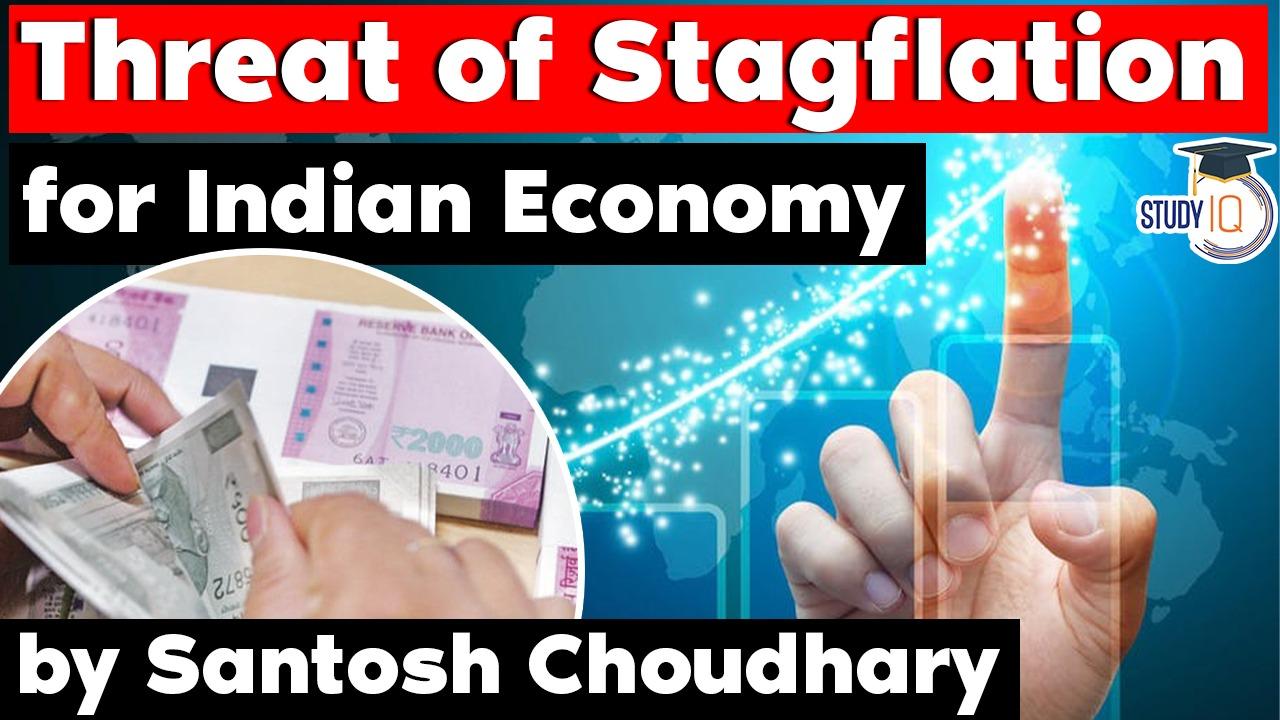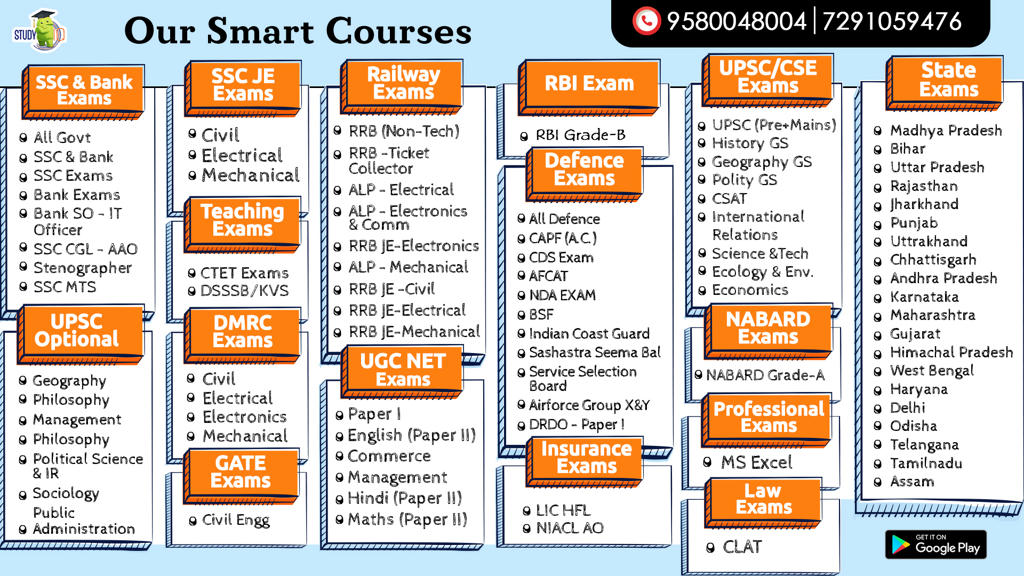Table of Contents

- The second wave of COVID-19 that ravaged across the country, penetrating into the rural areas, has left India high and dry.
- The months of April and May saw India is in a double whammy of lockdowns and economic activities coming to a halt.
- With inflationary pressures increasing and a stagnant output, it is feared that India might be headed towards ‘stagflation’. The prices of petrol and diesel at a record-high is adding fuel to the fire.
What is Stagflation?
- It is a situation where inflation is coupled with little economic output. Stagflation is a situation where incomes shrink and yet prices rise.
- India’s inflation shows a sharp rise. Retail inflation 6.3 per cent, core inflation 6.5 per cent (highest in 83 months), wholesale inflation 12.9 per cent. With growth at a record low, this is stagflation.
- Inflation refers to the general rise in the price level in an economy.
What is Stagflation?
- Inflationary pressures lead to a fall in the purchasing power, which means that people would be able to purchase only fewer items for the same money.
- The major contributor to the rising inflation rate was the surge in fuel prices. Wholesale prices soared to their highest since 1992 last month while retail inflation powered past the RBI’s 2 per cent to 6 per cent target range.
- In the current scenario, there is inflationary pressure not only at the retail level, but also at the wholesale level.

- Normally, price hikes happen during a period of high economic growth, driving incomes of corporates and employees which in turn results in more consumption.
- However, when an economy is going through a slowdown or, even worse, recovering from a period of recession (India, like many global economies, witnessed recession last year in the aftermath of lockdowns) it is usually accompanied by deflation.
- However, what India is witnessing is something that has evaded global economies for about four decades now.
- In the mid-1970s, the oil price shock had pushed many economies into stagflation.
- Stagflation is a very risky affair, as there is no consensus on the policy mix needed to deal with the situation.
- For instance, on the wake of a falling aggregate output, the immediate policy response from the government/central bank would be to follow a loose fiscal/monetary policy. However, when the economy is also dealing with rising price levels, a policy mix of loose monetary and fiscal policy could further push prices upwards.
- On the other hand, a tight monetary policy to control inflation would result in higher borrowing cost, negatively impacting consumption and investment demand. This, in turn, would pull down the aggregate output in the economy.
- For now, RBI reiterated its accommodative policy stance with liquidity pumping measures like open market operations and special windows for distressed sectors.
- Excessive money printing coupled with emerging inflation can result in the dreaded stagflation.
- According to a recent State Bank of India (SBI) report, localised lockdowns, rising food prices, and the second wave of the Covid pandemic have dislocated supply chains even in rural areas.
- This, it said, is going to manifest in rising prices of essential commodities and cumulatively therefore, all these factors are going to spur core inflation and won’t leave the RBI with any other option but to check price rise.
- “It would be impossible for the MPC to look through inflation pressures and remain supportive of growth, given its primary mandate of ensuring price stability. Therefore, repairing the supply chain remains the top priority on which the RBI has little control and hence the Government of India needs to step in a big way,” the report said.
- If not tomorrow, India might soon be staring at the threat of stagflation and hence, it is imperative for the government to take note and undertake policy measures before another disaster—this time, economic—hits the country.
What can be done
- Indian development economist Jayati Ghosh puts out a five-point agenda that the policymakers can implement. She who has been inducted by the UN to its United Nations High-level Advisory Board (HLAB) on Economic and Social Affairs.
- Some of the demands that economists, trade unions, social movements and those engaged with the poor have been making are to take immediate measures to enhance livelihoods by providing free 5 kg of food grains and 1 kg of pulses per month to every person who asks for it—not based on ration cards, but to everyone.
What Can be done
- MGNREGA needs to be expanded to provide 150 days of work per year to every adult as against the present norm of every household.
- The extension of employment guarantee to urban areas
- Payment of Rs 7500 per month to every household that is not paying income tax without relying on biometric information (state governments should be empowered to work out how to distribute),
- Doubling of the health budget and transfer of double the financial resources to state governments for health, to enable them to deal with the pandemic and its fallout and impact on other health services.
What Can be done
- These are not unusual measures–almost all other countries, both developed and developing, are doing some versions of this.
- There has been a strong call for cash transfers too. Globally, if one notices, a fiscal stimulus, especially in the form of payouts and employment assurances, has created liquidity in the ecosystem. Major economies like the United States and Canada have employed these policies with the US providing a fiscal stimulus of 25 percent of its GDP.
- Cash transfers during this emergency have to be seen as part of a package, not the whole solution.
- On the other hand, a lot of the transfers, unless in sufficiently large quantum, could go towards filling the lost incomes and debt incurred (and possibly fall short in covering these too).
- Most of the consumption (at least in value terms) is driven by the top of the pyramid.
- Over the next three to four months the focus should be on front-loading as much of expenditure as possible including higher expenditures on MGNREGA and rural public works.
- This would provide a safe stream of income over a period of time as well as create capacity.
- The only way to create jobs is when the private sector invests in capex and thus government needs to create that infrastructure backbone so that the private sector can come in.
Latest Burning Issues | Free PDF

























 WhatsApp
WhatsApp